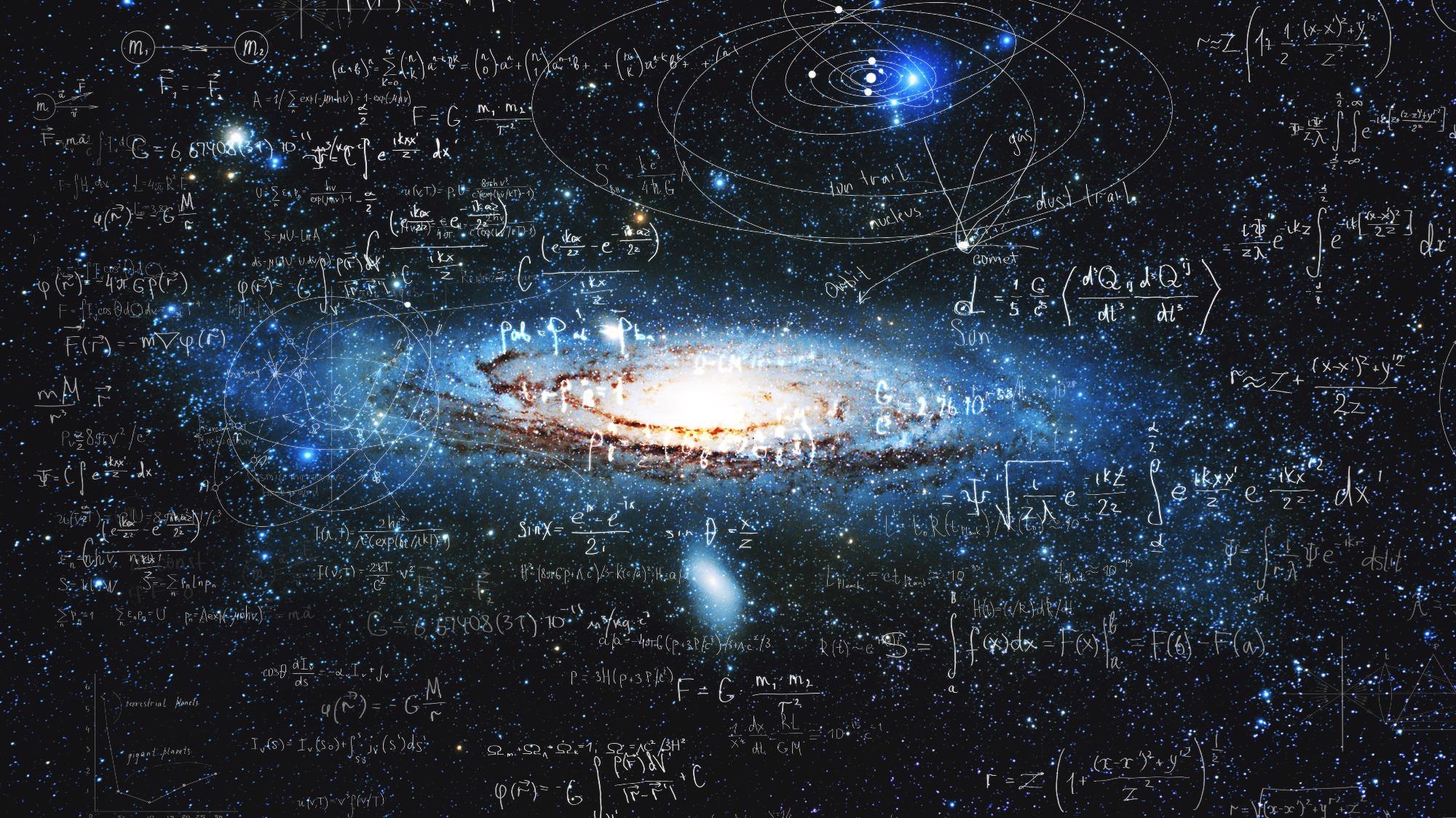Reviewed by Alex SmithMay 9 2022
Researchers headed by Dr. Xinping Zhou of the Chinese Academy of Sciences’ Yunnan Observatories and associated partners have discovered solid evidence of coronal waves caused by flares.

Image Credit: Shutterstock.com/ Lia Koltyrina
The Astrophysical Journal Letter published their research. The results suggest that the broad Extreme-Ultraviolet (EUV) wave train, including multiple wave fronts, should be driven by some nonlinear energy release processes in the accompanying flare.
The solitary, dispersed and intense disturbance is thought to be a fast-mode piston shock and bow shock caused by the expansion of a coronal mass ejection (CME).
Although this scenario may explain many observable properties of large-scale coronal waves, it is difficult to tell whether a specific EUV wave is produced by a CME or triggered by a flare since the CME acceleration phase and the flare’s impulsive phase are often synchronized.
Xinping Zhou and coworkers determined that a wide EUV wave train was made up of many large-scale wavefronts using high spatiotemporal imaging observations from the Solar Dynamics Observatory/Atmospheric Imaging Assembly (SDO/AIA). Explanation of this wave train is rather difficult using the CME lateral expansion theory.
Researchers discovered that the wave train’s physical properties, such as speed, amplitude, and energy flux, were comparable to those of a classic large-scale EUV wave.
Meanwhile, the results of the investigation revealed that the CME acceleration phase began later than the initial wavefront. The wave train, on the other hand, started significantly later than the flare that accompanied it. The researchers proposed that the flare, not the CME, initiated the wave train, based on the above observable fact and the common time between the accompanying flare and wave train.
This research might give a solid argument for the flare-driven mechanism of EUV waves. It also shows the interference impact of EUV waves for the first time, indicating that the observed disturbance is a real wave.
Journal Reference:
Zhou, X., et al. (2022) Observations of a Flare-ignited Broad Quasiperiodic Fast-propagating Wave Train. The Astrophysical Journal Letter. doi.org/10.3847/2041-8213/ac651e.